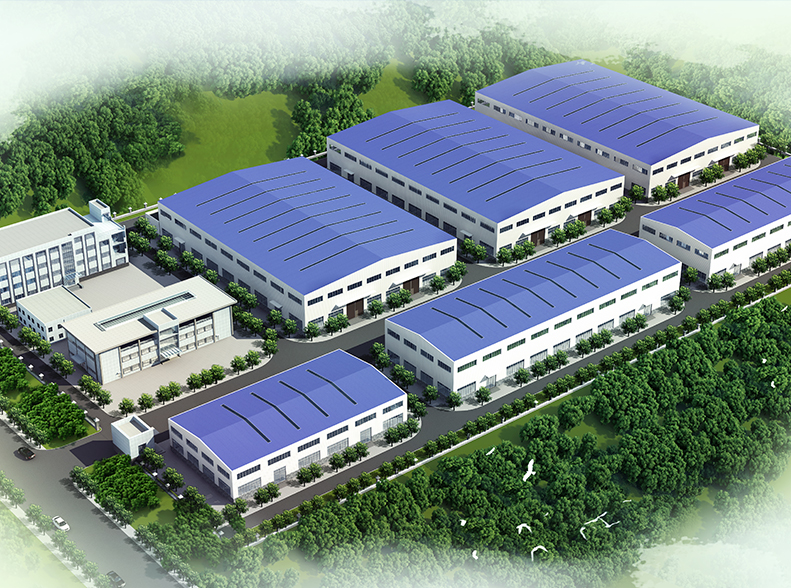歡迎進入山東恒能環保能源設備有限公司
歡迎進入山東恒能環保能源設備有限公司
在沼氣工程里,硫化氫作為一種具有腐蝕性和毒性的氣體,其含量一旦超標,不僅會對管道、發動機等設備造成損害,還會對環境和人體健康構成威脅。而沼氣脫硫裝置作為去除硫化氫的核心設備,其性能的優劣直接關系到整個系統能否穩定運行。那么,該如何依據實際需求挑選合適的脫硫裝置呢?接下來,我們將從技術原理、關鍵參數多個方面進行詳細分析。
In biogas engineering, hydrogen sulfide, as a corrosive and toxic gas, once its content exceeds the standard, it will not only cause damage to pipelines, engines and other equipment, but also pose a threat to the environment and human health. As the core equipment for removing hydrogen sulfide, the performance of the biogas desulfurization device directly affects the stable operation of the entire system. So, how to choose a suitable desulfurization device based on actual needs? Next, we will conduct a detailed analysis from multiple aspects, including technical principles and key parameters.
1. 干法脫硫:簡單高效的小流量處理方案
1. Dry desulfurization: a simple and efficient small flow treatment solution
干法脫硫的原理是利用固體吸附劑(像氧化鐵、活性炭等)與硫化氫發生化學反應,從而將其吸附去除。這種方法的優點十分顯著,它具有結構簡單、初期投資少、無需復雜操作等特點,比較適合硫化氫濃度在 1000ppm 以下、處理量較小的項目,例如養殖場的小型沼氣工程。不過,它也存在一定的局限性,當吸附劑飽和后需要進行更換,并且產生的廢劑需要妥善處理,否則可能會造成二次污染。
The principle of dry desulfurization is to use solid adsorbents (such as iron oxide, activated carbon, etc.) to react chemically with hydrogen sulfide, thereby adsorbing and removing it. The advantages of this method are very significant. It has the characteristics of simple structure, low initial investment, and no need for complex operations. It is more suitable for projects with hydrogen sulfide concentration below 1000ppm and small processing capacity, such as small-scale biogas projects in breeding farms. However, it also has certain limitations. When the adsorbent is saturated, it needs to be replaced, and the waste generated needs to be properly disposed of, otherwise it may cause secondary pollution.

2. 濕法脫硫:高濃度硫化氫的有效處理手段
2. Wet desulfurization: an effective treatment method for high concentration hydrogen sulfide
濕法脫硫主要是借助液體吸收劑(如氫氧化鈉、氨水等)與硫化氫進行反應,進而實現脫硫的目的。該方法適用于硫化氫濃度在 5000ppm 以上、處理量大的項目,比如工業沼氣工程。其優點在于可以循環使用吸收劑,運行成本相對較低,而且脫硫效率能夠穩定在 99% 以上。但它的缺點也不容忽視,需要配備專門的再生系統和廢水處理設備,系統較為復雜,對操作和維護的要求也比較高。
Wet desulfurization mainly relies on the reaction between liquid absorbents (such as sodium hydroxide, ammonia water, etc.) and hydrogen sulfide to achieve the purpose of desulfurization. This method is suitable for projects with hydrogen sulfide concentration above 5000ppm and large processing capacity, such as industrial biogas engineering. Its advantages lie in the ability to recycle absorbents, relatively low operating costs, and stable desulfurization efficiency of over 99%. But its drawbacks cannot be ignored, as it requires specialized regeneration systems and wastewater treatment equipment. The system is relatively complex and requires high requirements for operation and maintenance.
3. 生物脫硫:環保節能的新型選擇
3. Biological desulfurization: a new choice for environmental protection and energy conservation
生物脫硫是利用微生物(如硫桿菌)將硫化氫轉化為單質硫或硫酸鹽。這種方法具有環保節能、運行成本低等優點,適用于對環保要求較高的項目,例如城市污水處理廠的沼氣工程。然而,它對環境條件(如溫度、pH 值、氧氣含量等)較為敏感,需要嚴格控制反應條件,并且啟動時間較長,一般需要數周甚至數月的時間。
Biological desulfurization is the use of microorganisms (such as sulfur bacteria) to convert hydrogen sulfide into elemental sulfur or sulfate. This method has the advantages of environmental protection, energy saving, and low operating costs, and is suitable for projects with high environmental requirements, such as biogas projects in urban sewage treatment plants. However, it is sensitive to environmental conditions such as temperature, pH value, oxygen content, etc., requiring strict control of reaction conditions, and has a long start-up time, usually several weeks or even months.
4.脫硫效率:滿足環保和設備要求的保障
4. Efficiency of desulfurization: Ensuring compliance with environmental protection and equipment requirements
脫硫效率是衡量脫硫裝置性能的重要指標。在選擇裝置時,要根據當地的環保要求和設備的耐硫能力來確定合適的脫硫效率。一般來說,對于直接燃燒的沼氣,脫硫效率需要達到 90% 以上;對于用于發電或提純的沼氣,脫硫效率則需要達到 99% 以上。例如,如果沼氣中硫化氫的初始濃度為 2000ppm,要達到發電的要求,脫硫后的濃度需要低于 20ppm,那么脫硫效率就需要達到 99%。
The desulfurization efficiency is an important indicator for measuring the performance of desulfurization devices. When selecting a device, the appropriate desulfurization efficiency should be determined based on local environmental requirements and the equipment's sulfur resistance. Generally speaking, for direct combustion of biogas, the desulfurization efficiency needs to reach over 90%; For biogas used for power generation or purification, the desulfurization efficiency needs to reach over 99%. For example, if the initial concentration of hydrogen sulfide in biogas is 2000ppm, in order to meet the requirements of power generation, the concentration after desulfurization needs to be lower than 20ppm, and the desulfurization efficiency needs to reach 99%.
本文由生物脫硫友情奉獻.更多有關的知識請點擊:http://www.chinaktws.com我們將會對您提出的疑問進行詳細的解答,歡迎您登錄網站留言.
This article is dedicated to friendship For more information, please click: We will provide detailed answers to your questions. You are welcome to log in to our website and leave a message